No edit summary Tag: Source edit |
No edit summary Tag: Source edit |
||
| Line 11: | Line 11: | ||
==Pathfinder== |
==Pathfinder== |
||
| − | Prior to 1983, NASA had begun to develop a next generation space shuttle, OV-201 ''Pathfinder,'' which will test the Nuclear Engine for Rocket Vehicle Application (NERVA) used to take astronauts to Mars |
+ | Prior to 1983, NASA had begun to develop a next generation space shuttle, OV-201 ''Pathfinder,'' which will test the Nuclear Engine for Rocket Vehicle Application (NERVA) used to take astronauts to Mars. The first ''Pathfinder '' flight was conducted using an air-launch system from a Shuttle Carrier Aircraft, followed by the use of the onboard NERVA engine to reach orbit and rendezvous with Sea Dragon 17. [[File:Pathfinder Shuttle.png|center|thumb|600px|Pathfinder shuttle in 1983.]] |
| + | |||
| + | As of 1983, the Pathfinder program was taken over by the United States Department of Defense (DoD) and armed to escort Sea Dragon 17 to the moon in order to deter a potential blockade by the Soviet Buran shuttle. |
||
==Buran== |
==Buran== |
||
Revision as of 17:11, 16 April 2021
ASpace Shuttle is a type of reusable spacecraft capable of at least partial reusability after launch and re-entry into the Earth's atmosphere. At least four varieties of Space Shuttle are known to exist, three operated by the United States and one by the Soviet Union.
First Generation Shuttle
The first Space Shuttle, officially known as the Space Transport System (STS), is a partially reusable launch vehicle operated by the National Aeronautics and Space Administration (NASA) beginning after 1973. By using in-orbit refueling at a space station, Shuttles are able to fly beyond Low Earth Orbit (LEO) and reach the moon and the Jamestown lunar base.
By 1983 NASA's fleet consisted of 10 orbiters, Columbia, Enterprise, Challenger, Discovery, Atlantis, Endeavor, Constitution, Victoria, Beagle, and Kon-Tiki.
Military Space Shuttle
Military space shuttle.
Starting in 1981, the United States Air Force (USAF) has also begun to operate its own fleet of space shuttles, seemingly identical to the NASA shuttle save for an alternate paint job.
Pathfinder
Prior to 1983, NASA had begun to develop a next generation space shuttle, OV-201 Pathfinder, which will test the Nuclear Engine for Rocket Vehicle Application (NERVA) used to take astronauts to Mars. The first Pathfinder flight was conducted using an air-launch system from a Shuttle Carrier Aircraft, followed by the use of the onboard NERVA engine to reach orbit and rendezvous with Sea Dragon 17.
Pathfinder shuttle in 1983.
As of 1983, the Pathfinder program was taken over by the United States Department of Defense (DoD) and armed to escort Sea Dragon 17 to the moon in order to deter a potential blockade by the Soviet Buran shuttle.
Buran
As of 1983 the Soviet Union has also developed its own Space Shuttle, possibly from stolen NASA plans for the first generation shuttle. Like its American counterpart, Buran launches vertically using an external fuel tank and rocket boosters to reach orbit, and refuels at a space station in order to travel to the Moon. The Soviets have also fully armed their space shuttle.
